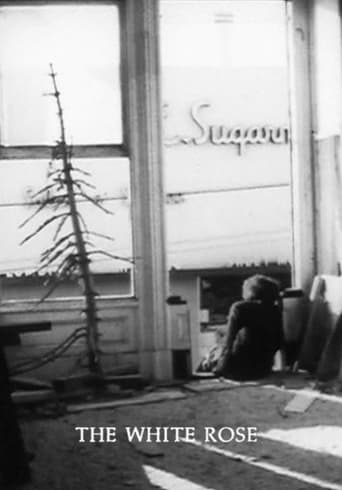Krasnoludek
As the preface states, the movie shows the removal of the "White Rose" from the New York City apartment of female artist Jay DeFeo. The "White Rose" is a giant concrete-like painting and for whatever reason (eviction?), a crew of moving men comes to remove the painting from the apartment. They dislodge the painting from its place, crate it up, saw open a window in the apartment, and slide the painting through onto a lift truck. The artist observes from the sidelines, wanting to resist their actions but powerless to do so. The movers finally get the painting out of the apartment and into a moving truck, hauling it away, leaving the artist sitting despondently in her gaping, sawed open window.Conner's steady depiction of the events creates a sense of violation of the artist's personal space. These men have entered her apartment, stomped about, and forcefully taken a precious object away from her, despite her attempts to resist. The metaphor for rape is so apparent and yet so subtle, with Conner completely conveying the sense of violation in an asexual setting. I felt like I was going through the disruption and violation right along with the artist and my sense of empathy for the victim was much stronger and more personal than I've felt in any movie that explicitly depicted a rape. Kudos to Conner for finding the emotional connection between such a traumatic experience as a rape and such a mundane event as moving a heavy object out of an apartment.
